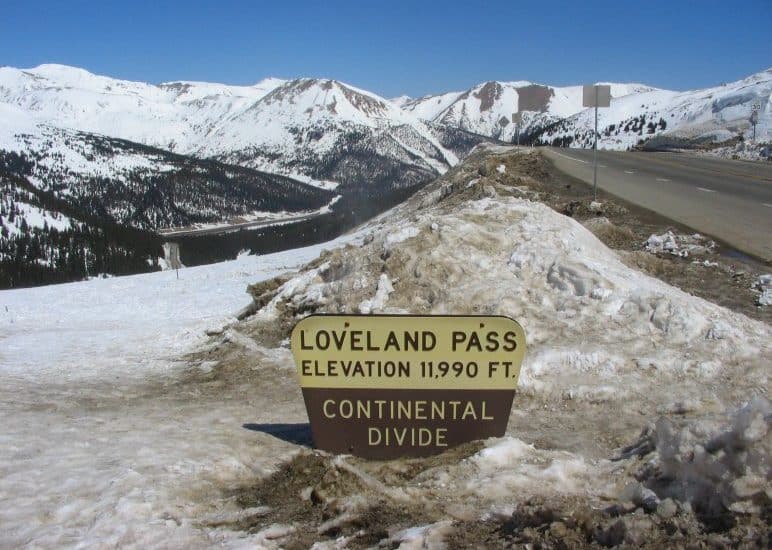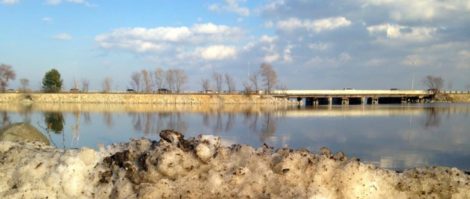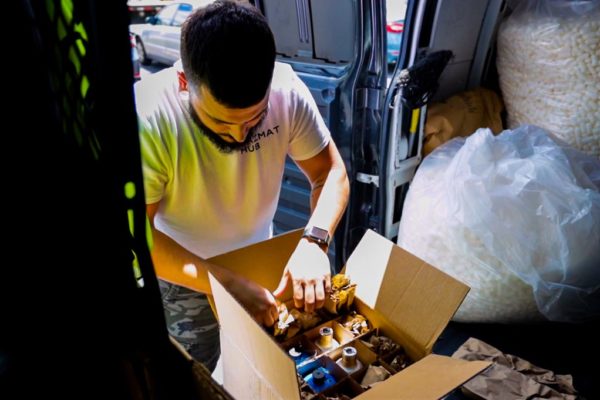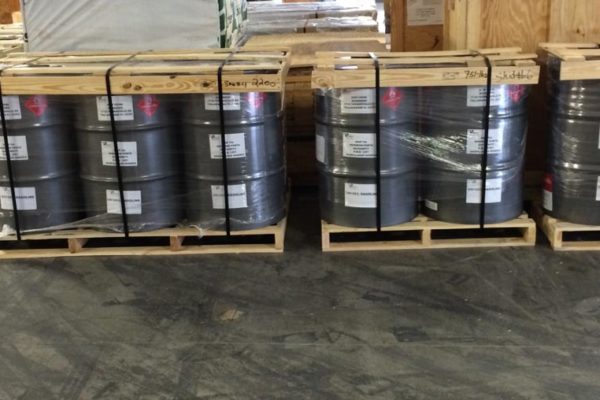Dangerous Routes
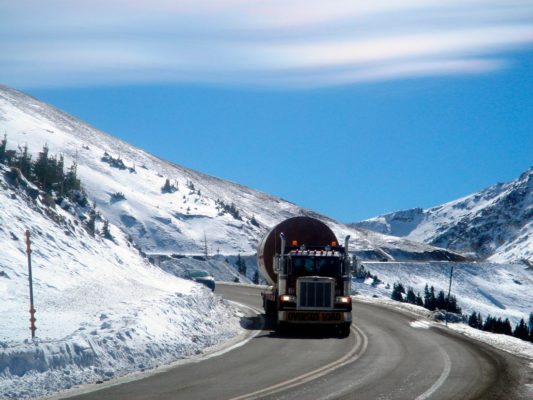
These alternative routes can be long and full of dangerous curves. They can be roads built on a mountainside or deep trenches of slippery snow. High altitudes can affect the constitution of these drivers. Especially when these drivers are older and need to perform manual labor on their tires. One such example, Colorado’s Loveland Pass, is a danger faced by many truck drivers transporting hazmat. Andy Karsian, legislative liaison for the CDOT, said:
“There’s no way in hell you would catch me up there driving one of these trucks and going over that pass.” Karsian continued saying, “We’ve had close calls, but we’ve been lucky so far with the skills and the professionalism of the truckers going over the pass.” The Loveland Pass has 180-degree bends, 7% grades, dangerous drop-offs, and strong wind gusts. The hazardous material truck drivers hauling heavy petroleum loads who make the 9.5-mile journey through Colorado’s Loveland Pass call the drive a “white-knuckle experience.”
It’s a terrifying experience to carry the knowledge of the dangers the pass offers, as well as, your own cargo. That’s why for years the Colorado Motor Carriers Association and Colorado Wyoming Petroleum Marketers Association have been pushing for these drivers to not have to take the pass. The Eisenhower Tunnel is down Interstate-70 after the exit drivers have to take while making their way towards the pass.
Call-to-Action
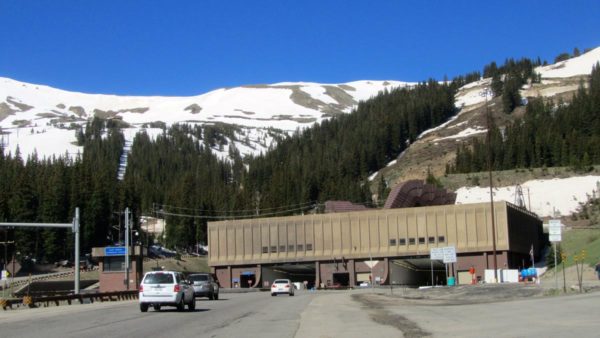
The tunnel is a 1.7 mile long, four-lane highway that cuts through the mountain the pass is built on the side of. Taking the tunnel shaves off the 90-minute drive that trucks need to take across the pass. So far changes to this law have been unsuccessful. Greg Fulton, president of CMCA, has long been an advocate for these changes. “The weather conditions can change quickly, and driving through the pass can be physically draining, causing drivers to become fatigued,” he said. “And even the best of drivers can hit ice spots that can send a truck out of control.” Alongside environmental concerns, the reason Colorado doesn’t allow hazmat trucks in the tunnel is that of concerns that a fire, accident, or fuel spill would damage the structure and create a traffic mess. Only time will tell if there will be changes towards this law.
Take control of your Hazmat transport that can assure you transparency from the port to your destination nationwide, request a free quote today and discover your hazmat logistics solution.
For more information, follow us each week for the latest hazmat news or contact HazmatHub here.
